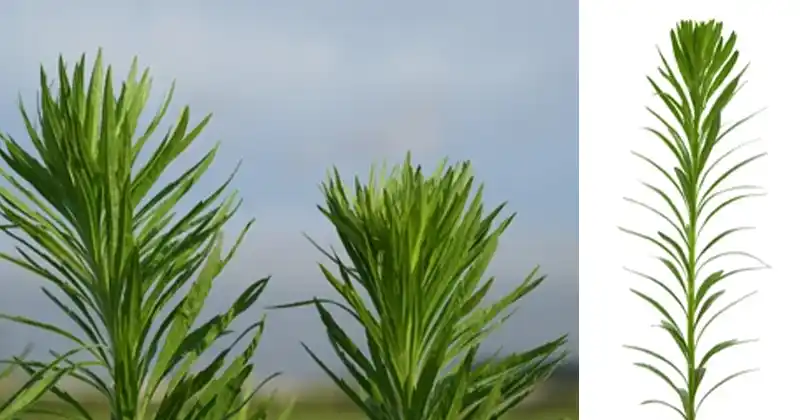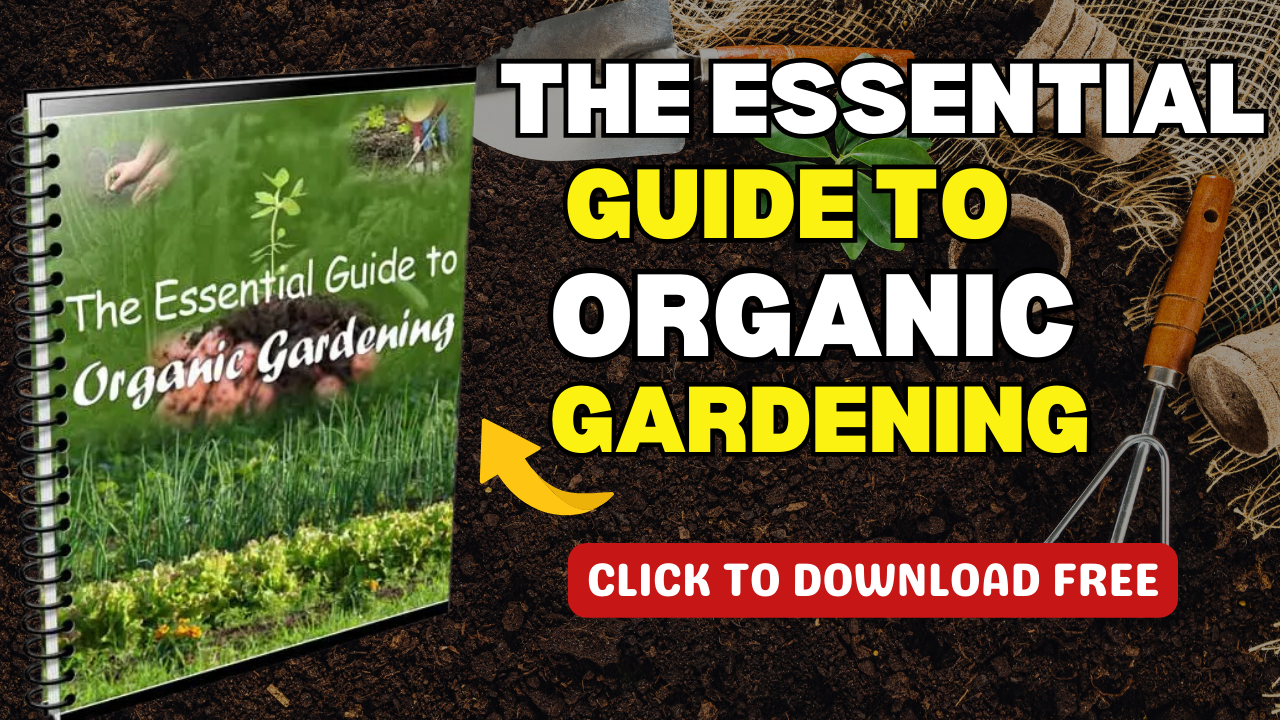Spring – what a wonderful season! The first blooms, seedlings, birds… everything is starting to appear in your garden, as well as a lot of waste! You’ve pruned, removed the old leaves, started the first weeding, and what about all the logs and pieces of wood that winter damaged? What can you do with all this “waste” of a good season? Well, recycle, of course!
Nothing goes to waste in a well-managed garden, especially if you’re aiming for self-sufficiency or at least want to recycle as much as you can and save money! Most of what you may think is “useless” can actually help you in your garden, as long as you can see its “next function” in your yard. And I have a few ideas for you – 10 actually…
1 : Recycled mulch The easiest way to use garden waste is to “turn” it into mulch
Have you bought new garden tools and they have arrived cardboard boxes
Have you tilled and raked your beds and have a pile gravel and stones left behind
Did you cut dry branches and dead stems
Depending on how much waste you have, you can get different types of mulch
2 : Top up your compost pile with spring waste material You’ll be using a lot of compost in the spring, so it’s time to top it up. For cold composting, you can go free, using any mix of “brown and green” or carbon and nitrogen. For warm composting, you have to be specific. But since we don’t want to complicate our lives at this busy time of year…
Top up or start a cold compost pile
I don’t worry about removing the bits of wire and plastic now!
3 : Make a mold for the leaves Leaf mold is great for restoring fertility to your soil! It is becoming very popular among organic gardeners and is a fairly recent discovery. But it’s so easy to do, that it’s a shame all those leaves you collect in the spring are a real shame!
The cheapest and easiest way to do this is with a garbage bag – yes, the black one you use for garbage!
Fill the bag with dead leaves. wet it Seal it. Place the holes Check back every month
When you see white fungal filaments forming, your leaf mold is ready to use!
4 : Turn it into ash – and fix your soil! Another very simple way to recycle garden waste, especially wood, is to burn it to ashes.
Leaves are not ideal for this, they are better used (compost, mold, etc.), but dry wood that you get from pruning, old logs that have been destroyed by winter, posts that are no longer standing are just perfect!
5 : Feed your animals If you have backyard animals, such as chickens, rabbits, but also goats, etc., a pile of freshly cut grass and leaves is really welcome strengthen their immune system
Make sure you give it to them during the day (including weeding) so they get all the nutrients. And in them you might find some small caterpillars and other protein-rich insects.
6 : Make liquid fertilizers Both freshly cut grass and leaves are great for making liquid fertilizers, as they are very rich in nitrogen at this stage, and you don’t want to waste it as most of it will go into the atmosphere!
There are many ways to make nitrogen-rich liquid fertilizers from freshly cut grass and leaves, so I’ll give you a simple one.
Use a a large container with a lid
Fill it up to 2/3 with chopped grass clippings or leaves Place a stone or brick
Cover with water Seal it Mix it up wait 3 to 5 weeks.
Your fertilizer is ready! Dilute one part fertilizer to ten parts water
7 : Use stems and branches for staking Spring is planting time and soon you will need stakes for tomatoes, peas, etc. So why go and buy the expensive ones, when you have real hard stems and branches in your “junk” pile?
Just make sure the stems and branches you use are quite straight and strong
8 : Make a wicker fence Do you have deer problems? Look through your spring garden “trash” and choose long and flexible branches and stems, and if they have spikes and thorns on them, even better!
Just drive the poles into the ground wave branches and stems horizontally into them
Wicker fences are really traditional in old farming, they are quick to build, cheap and will last you about a year.
9 : Build Trellises To make a trellis, you will need to choose straight and strong branches and sticks, bamboo is ideal, but other plants will also provide you with good material.
Then let your creative juices flow with the shape and size of your trellis, on which you can grow ornamental or veggie climbers, from clematis to peas and cucumbers. If the wood quality is poor, just use it for annuals and reserve the wire structures for perennials instead.
10 : Build a shelter for bugs and ladybugs What can you do with those old logs and branches that the winter has almost rotted? simple, pile them into a pyramid and make a shelter for ladybugs and ladybugs!
It’s a simple but very useful use of your garden waste, and you can get creative with it, even adding “toppings” as you go, and your flowers and vegetables will really thank you for this little effort of yours.
Choose a sheltered position,
A final word, what NOT to do with spring garden waste You can leave grass and leaves lying around and your yard will just look a bit messy. But do not leave logs and branches on the ground





